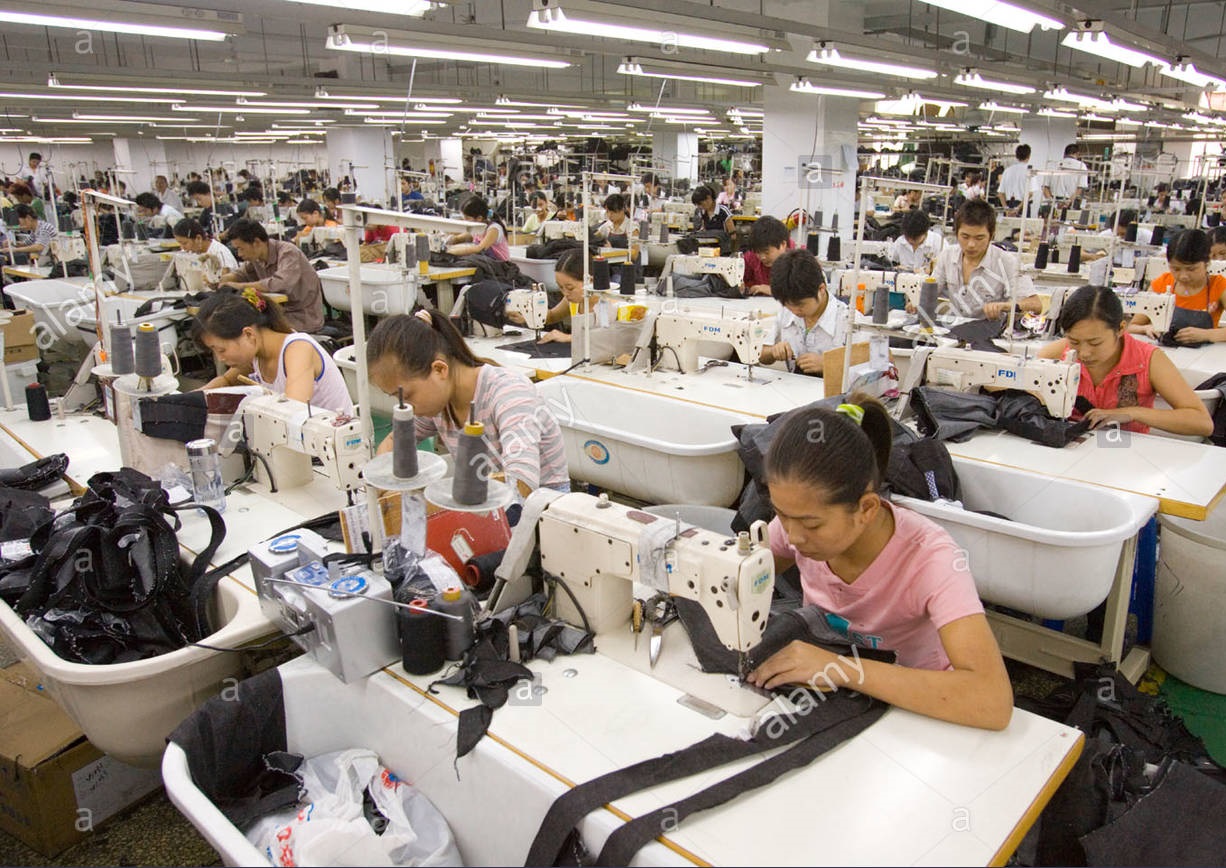Supply chain transparency of the fashion and luxury brands is a unanimous demand of the regulators and customers of the current era. The fashion and luxury industry is one of the most complex industries when it come to supply chain management. Fashion and luxury supply chain is very different from the supply chain of ordinary consumer goods. The overall process of a product belonging to these industries is very intricate, complex and variable. A single product might require thousands of suppliers to complete its journey from design to the market. Transparency of the fashion and luxury supply chain is a hence a big challenge and hence requires a very dedicated and specialized approach to be achievable.
In the current age of information technology, there is no dearth of the sources of data and analytics relating to various aspects of fashion supply chain. Public insight into social and environmental aspects of the supply chain is greater today than any time in the history. This, however does not solve the complexities created due to the high turn over of the fashion supply chains. Replacement of the suppliers and constant influx of new entrants in the supply chain is quite normal in the fashion industry. The same product might have a completely different set of suppliers every season. While this phenomenon can lend a significant amount of flexibility and resilience to the supply chain backbone, it introduces a number of problems as well. The biggest issue is effective and efficient management of all the suppliers in the network. There is a huge amount of data and this data needs to be managed effectively and efficiently to allow the businesses to manage their operations in a cost effective and optimized manner. Deriving the needed information for planning and strategic decision making can imply huge costs incurred on information technology and data analysis.

Supply Chain transparency is an often misunderstood and misused term when it comes to Fashion and Luxury domains. This is due to the difference between the level of detail and granularity of information released by the brands and the detail and granularity of information that should be available for transparency in an ideal situation. Basic level disclosure of supply chain is often assumed to be supply chain transparency whereas in its true sense, supply chain transparency requires much more detailed information and elaboration. In its true sense , supply chain transparency is a comprehensive endeavor involving a continuous due diligence process to ensure that the brands have the requisite control over the information and processes needed for orchestrating a supply chain process that ensures availability of all parameters that can be used to initiate, plan ,execute and control the entire chain for maximized performance and visibility. This also means that the brands need to be able to test the results of their efforts to ensure that the outcomes are as planned. Additionally, Ayesha firmly believes that there needs to be an established feedback and calibration mechanism to enable achievement of iterative improvement by re calibrations by using the feedback from the previous iterations.
© Ayesha Aziz 2019
This article may not be reproduced without explicit permission of the Author.
